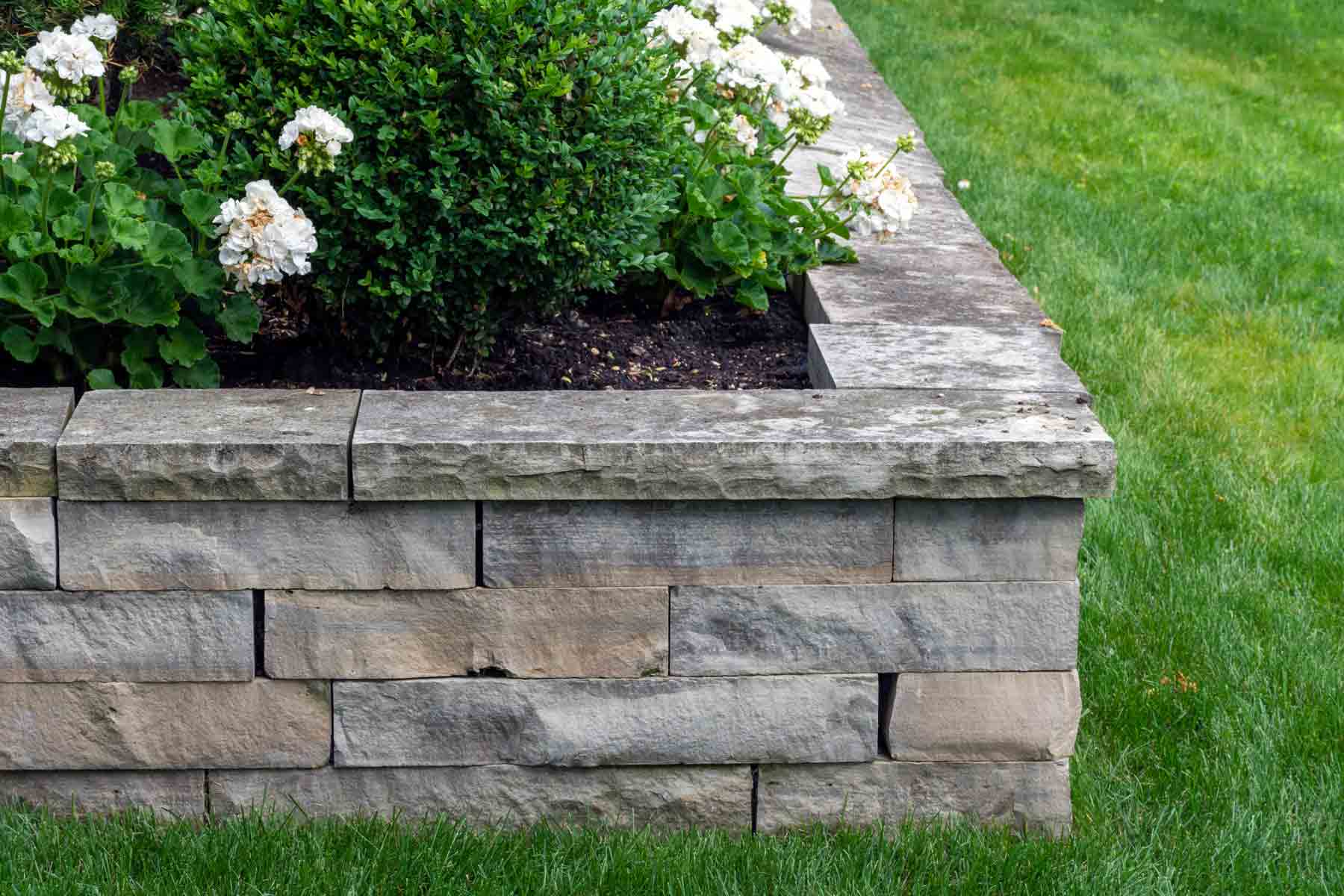Opening the Tricks of Lasting Masonry Construction Practices for Eco-Friendly Buildings
In the world of modern construction, the quest of sustainable methods has actually ended up being paramount. Among the myriad techniques to green building, sustainable stonework building stands apart as a reliable and long lasting method that holds a wealth of untapped potential. From the option of materials to ingenious building strategies, the tricks to accomplishing sustainability within masonry construction are multifaceted and fascinating. By discovering the benefits, products, methods, and future trends of sustainable stonework, a deeper understanding of how these practices can shape the future of environment-friendly buildings emerges.
Benefits of Sustainable Stonework Building And Construction
Welcoming lasting stonework building techniques not just reduces environmental effect but also offers long-term economic advantages to home builders and communities. By utilizing materials like recycled bricks, obstructs, and stones, contractors can significantly decrease the carbon impact of their jobs while promoting source performance. Furthermore, sustainable stonework building methods, such as appropriate insulation and thermal mass buildings, can improve power efficiency within structures, leading to reduced functional costs gradually.
In addition, the toughness and durability of masonry structures add to long-term economic advantages. Buildings built utilizing lasting stonework practices frequently call for much less upkeep and repair service, translating to set you back savings for building contractors and homeowner. The long life of masonry materials additionally guarantees that structures stay steady and safe, reducing the demand for frequent renovations or substitutes.
Eco-Friendly Masonry Products
Utilizing eco-friendly stonework products is a crucial step in the direction of improving the sustainability of building techniques and decreasing environmental impact while maximizing lasting financial benefits. Sustainable masonry materials are sourced, produced, and used in a way that lowers overall ecological influence. Materials such as recycled bricks, reclaimed stone, and sustainable cinder block are coming to be increasingly preferred choices for eco-conscious builders. Recycled bricks, as an example, not only divert waste from land fills yet also require less energy to create contrasted to brand-new blocks. Redeemed rock uses an one-of-a-kind aesthetic allure while reducing the need for new quarrying. Sustainable concrete obstructs incorporate recycled accumulations and might include improved insulation residential or commercial properties, adding to energy efficiency in buildings.
Moreover, natural materials like adobe, rammed planet, and straw bales provide excellent thermal mass properties, decreasing the requirement for home heating and cooling down energy. These products are typically in your area available, advertising regional economies and decreasing transportation-related carbon exhausts. By picking environmentally stamped and sealed concrete friendly masonry products, building jobs can dramatically reduce their environmental footprint and add to the development of healthier, a lot more sustainable constructed settings.
Energy-Efficient Masonry Techniques
Power effectiveness plays an important function in boosting the sustainability of stonework construction methods. One crucial energy-efficient stonework method is the use of thermal mass, which involves incorporating thick products like concrete or brick right into the building's framework to absorb and keep warmth.

Developments in Lasting Stonework
Recent improvements in lasting masonry techniques have caused cutting-edge techniques that are reshaping the building and construction sector. One such technology is the advancement of self-healing concrete, which uses bacteria installed within the concrete to heal splits autonomously. This innovation not just reduces upkeep costs yet likewise boosts the sturdiness of stonework structures, adding to their sustainability.
An additional notable advancement is making use of recycled aggregates in stonework building and construction - masonry contractor. By incorporating products such as smashed ceramic waste or recycled glass right into concrete blends, builders can lower the environmental effect of construction tasks while maintaining architectural integrity. This technique not just diverts waste from garbage dumps but likewise conserves natural deposits, making it a key development in lasting stonework construction
Additionally, the integration of digital design tools, such as Structure Details Modeling (BIM), is changing the method stonework frameworks are planned and constructed. BIM permits even more accurate calculations, reduced product wastage, and enhanced energy effectiveness, ultimately causing more lasting structure practices. These innovations collectively indicate an appealing future for lasting stonework construction in the period of environment-friendly buildings.
Future Trends in Stonework Sustainability
With the ingenious strides made in my website sustainable masonry methods, the future patterns in masonry sustainability are poised to more change the building market. One of the essential patterns shaping the future of masonry sustainability is the enhanced combination of innovation. Innovations such as Building Info Modeling (BIM) and online reality simulations are being utilized to enhance stonework construction processes, causing minimized product waste and boosted power effectiveness in structures.
Furthermore, the development of novel sustainable materials is established to play a considerable role in improving the eco-friendliness of stonework building and construction. masonry contractor. Technologies like self-healing concrete, recycled aggregates, and bio-based binders are getting grip for their capability to reduce environmental effect while maintaining architectural integrity

Final Thought
In conclusion, lasting masonry building methods supply various advantages for environmentally friendly structures. masonry contractor. Technologies in sustainable stonework are constantly being established to additionally improve the ecological efficiency of buildings.